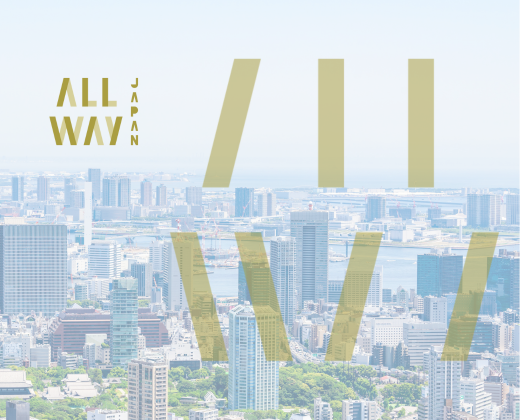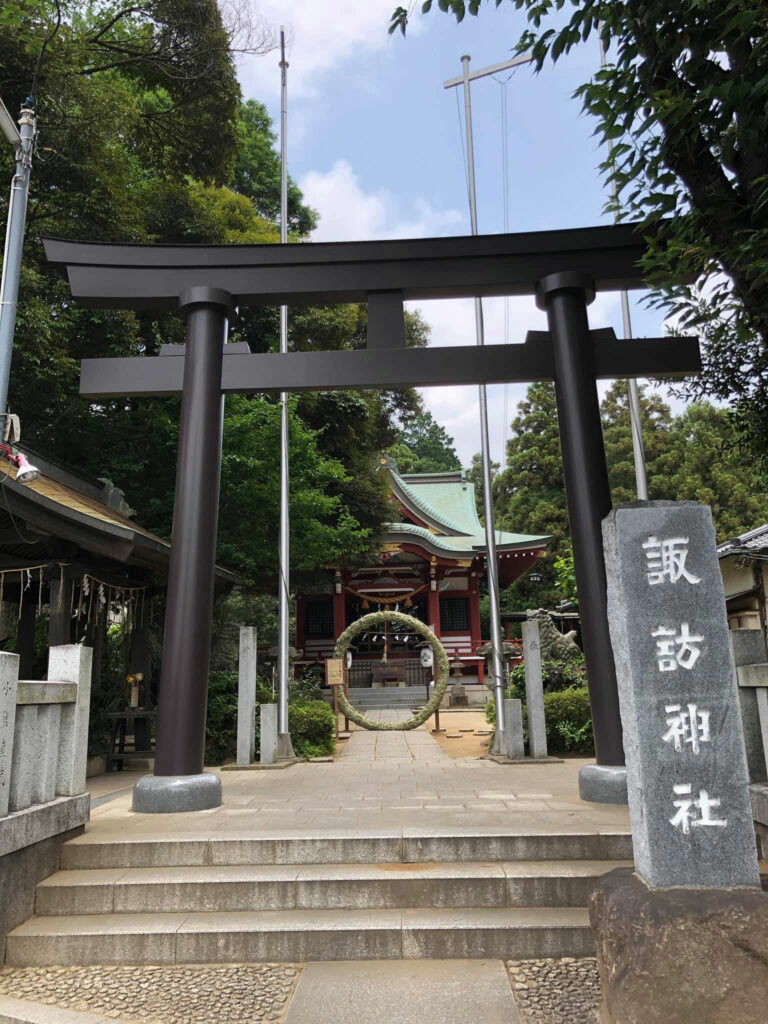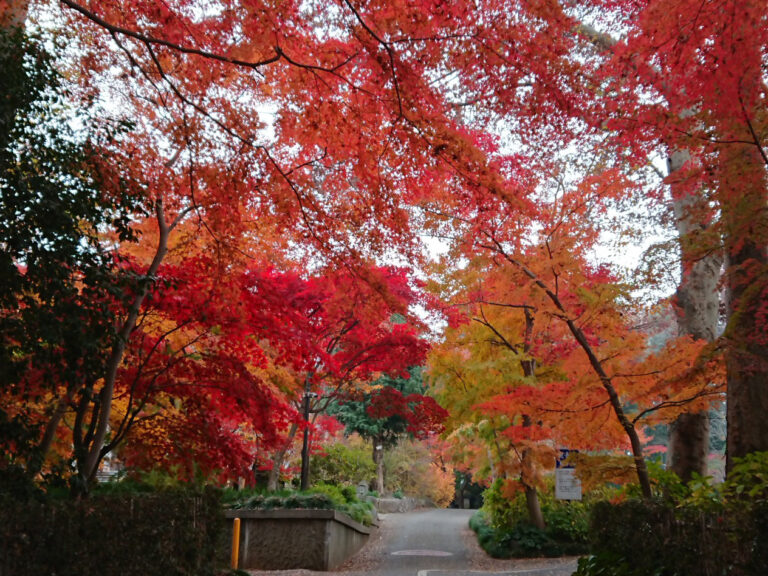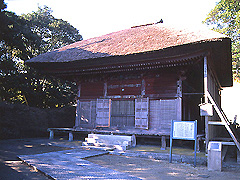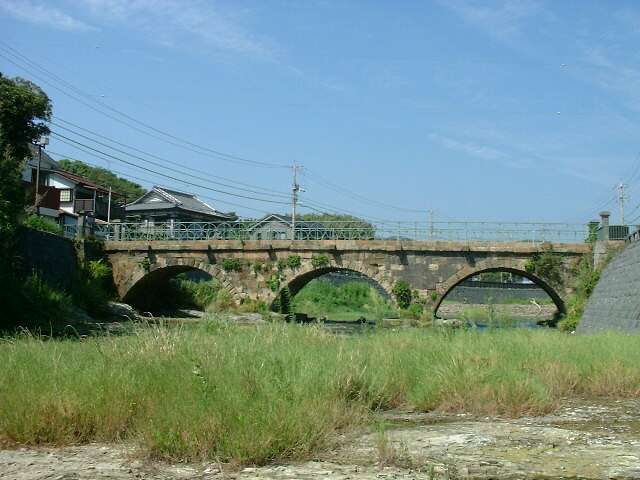
Highly concentrated carbonated springs are the most popular. There is also seasonal hot water
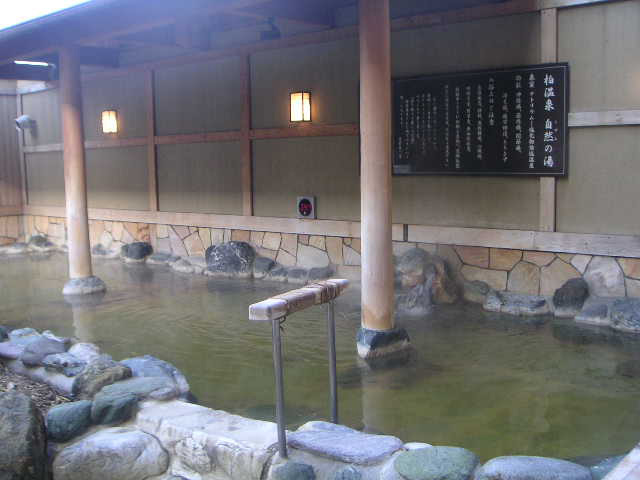
Open-air stone bath It is effective for fatigue recovery and chilling, and it is recommended to soak in multiple times by inserting an outside bath

Radon Mist Rock Bathing You can have a moment of healing while being wrapped in healing music
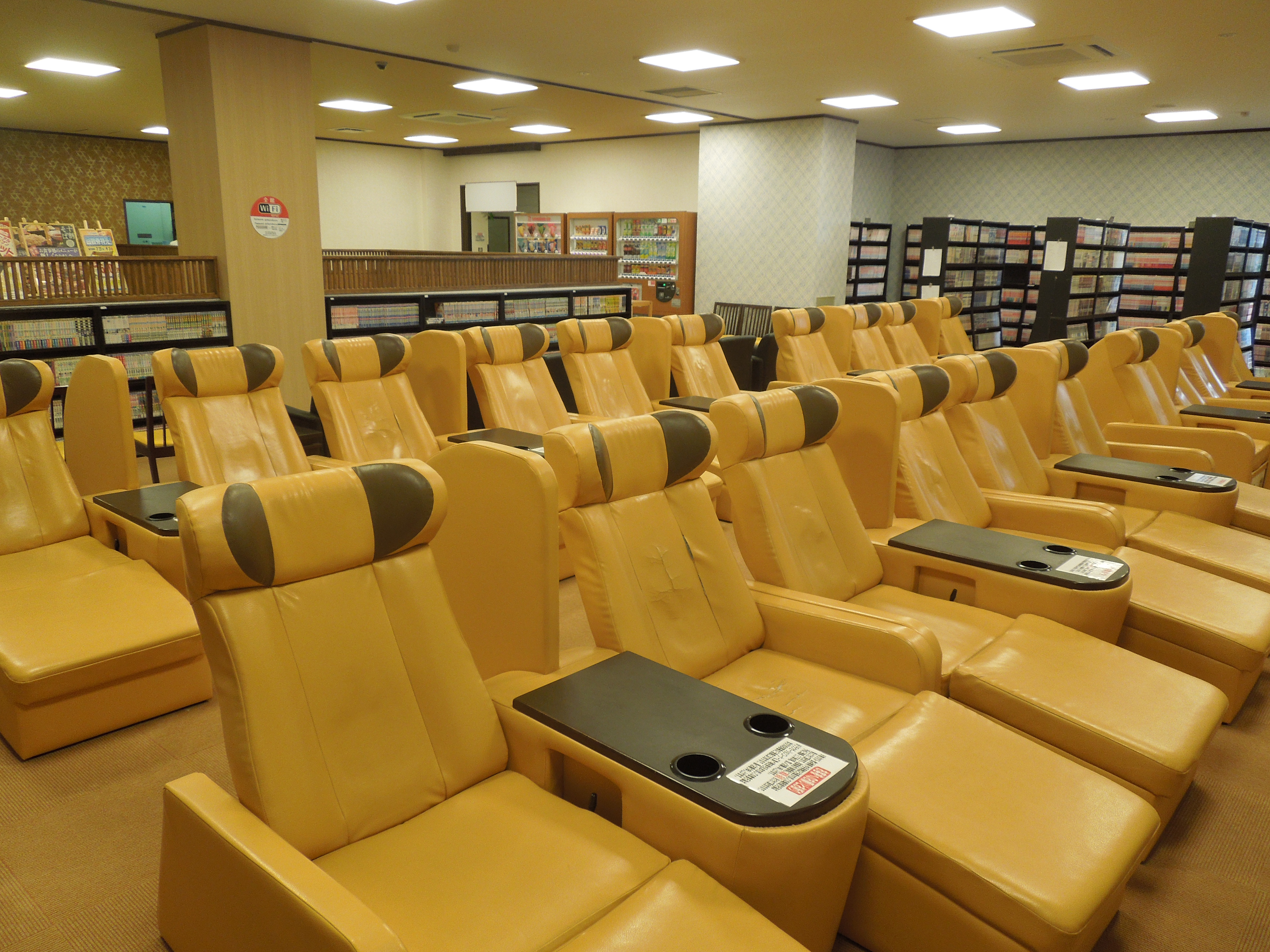
Recraalization Corner A lineup of about 20,000 comics and magazines. There are reclining chairs, etc.
The information provided reflects the details available at the time of the survey.
Please note that facility details may change due to the facility’s circumstances, so please check for the latest information before visiting.
This content has been translated using machine translation.
Information provided by: JTB Publishing
The content uses an automatic translation service, which is not always accurate.
The translated content may be different from the original meaning, so please understand and use it.

